Frozen Food vs Fresh Food
For a long time we have heard debates between which is better: frozen or fresh. Let’s take a look at the advantages and disadvantages of eating frozen vs. fresh foods.
If it were an ideal world, where one can control the handling, maturation, timing and other factors to perfection, I think you could say that fresh food has an advantage.
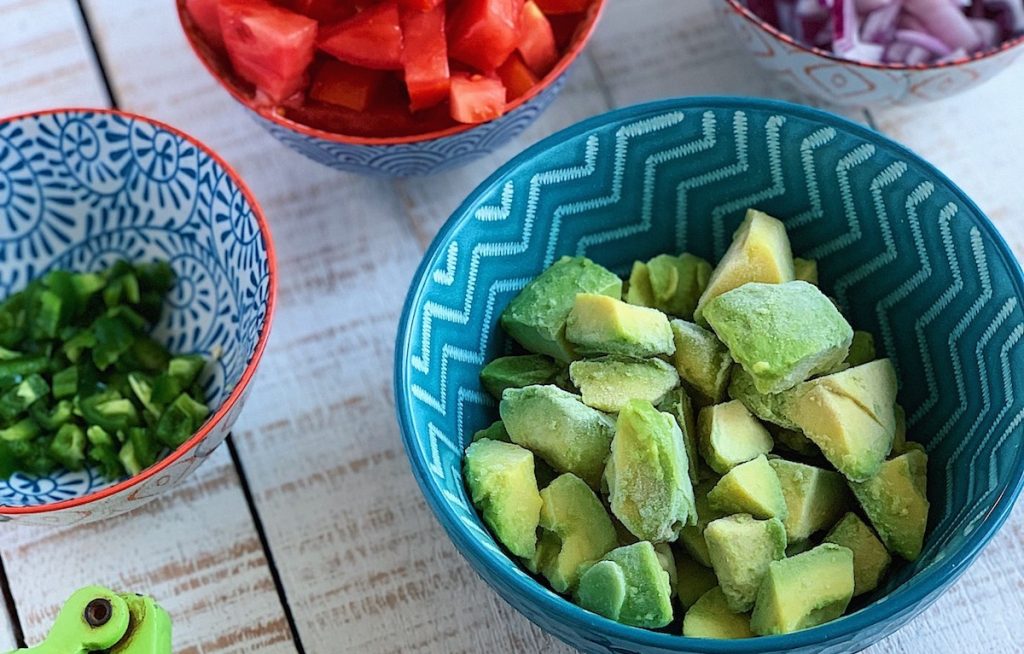
We are not in an ideal world and many times fresh food beats us because we don’t have time to prepare or consume it.
It is common to hear that having a healthy lifestyle is something that few people can do. Only people who have time available, do not work or simply dedicate their life to fitness and must be governed by this.
Having to go to a farmer’s market, supermarket, greengrocer or any other place can become complicated for people…
If it is complicated, you are not going to follow a healthy diet.
And this is what many people think and is one of the reasons for not maintaining a healthy diet or based on fruits and vegetables.
Time is one of the things that nowadays we lack more due to circumstances such as work, traffic, distances between places, family and so many other things.
An easy solution to these problems may be frozen foods. However, they are not perfect either.
Here we are going to see a little about the advantages and disadvantages of frozen foods and fresh foods.
It is common to hear that having a healthy lifestyle is something that few people can do. Only people who have time on their hands, don’t work or simply dedicate their life to fitness and have to govern themselves under this.
Having to go to a farmer’s market, supermarket, greengrocer or other place can become complicated for people…
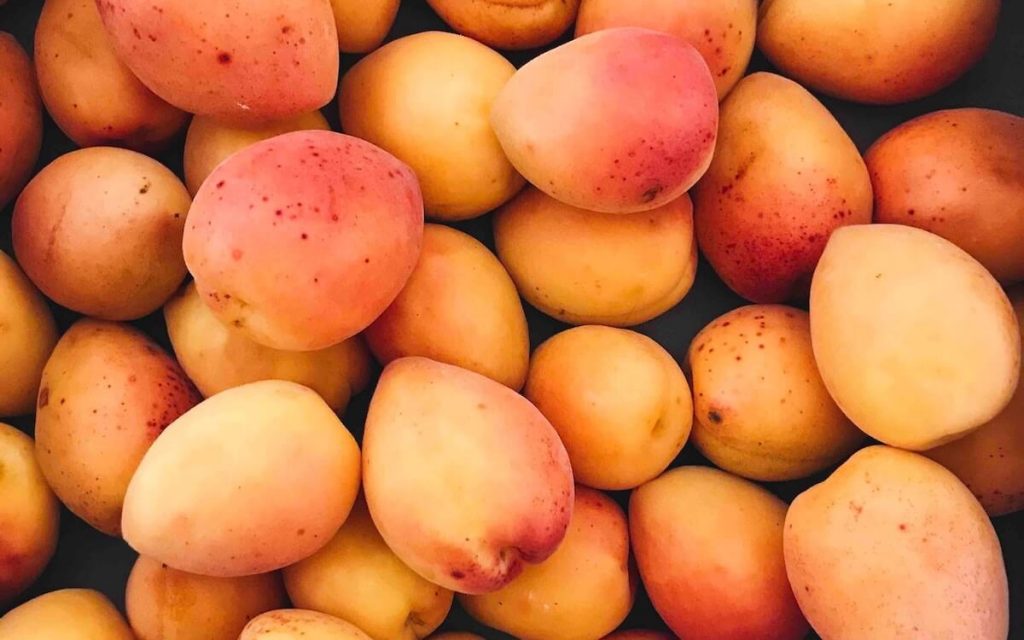
Advantages of Fresh Food
Fresh foods have for years been the first choice for consumers. There are many reasons for this. To understand the differences of frozen vs. fresh foods, let’s start with fresh.
Texture and freshness
They are harvested, cleaned, packed and transported to the different points of sale in a matter of a few weeks.
This short time of consumption that occurs after the food is harvested, allows to maintain aromas and texture characteristic of the fresh ones.
Over the years, ripening controls and aspects that can lead a fruit of this quality to be discarded have been improving.
Trial and error in the processes has helped to determine the specific times in which a product can ripen or go beyond its optimum ripening point.
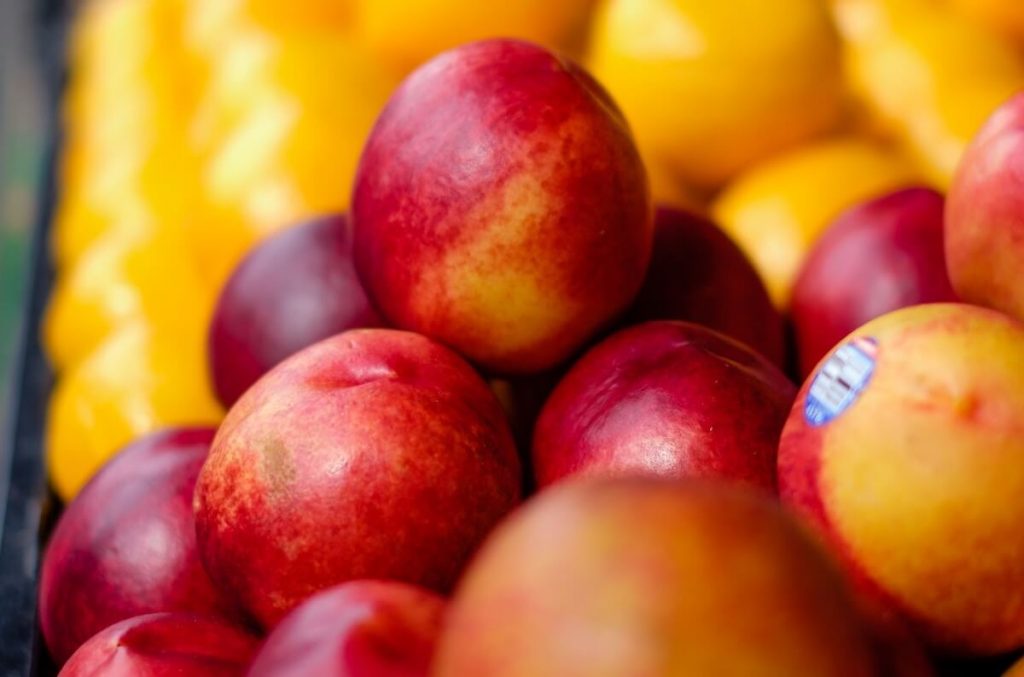
Packaging
There is an economic benefit, only for products close to where we are, that is, this aspect would not apply to people who live in countries where certain types of food are not produced, such as Asian, Caribbean and other countries.
If we are close to production, we can say that we will be reducing transportation, storage and other costs.
If they are seasonal products, it is possible that there is a greater production, and therefore, a greater quantity, which translates into a decrease in costs to offer more competitive prices to consumers.
Disadvantages of Fresh Food
There is a reason why frozen foods and products have evolved and developed in the food market, and that is simply because the handling of fresh foods can be very complicated.
If it could be handled perfectly, fresh would be ideal for all consumers.
But this is not the case.

Rapid Maturation
It is very difficult to control the optimum ripening point of a fresh food because it is difficult to know exactly when it was harvested, when it was transported and how long it has been in the place where it can be purchased.
Depending on the product, the degree of ripening is more or less accelerated.
For example, an avocado has a very accelerated and unexpected ripening, while a mango can be more controlled or is less delicate to handle.
If a fruit or vegetable exceeds its optimum ripening point, it begins a stage of decomposition that can take a matter of hours or days.
After this, the product is undoubtedly discarded and all the resources used to harvest and get the product to where it is, are wasted and therefore avoiding having a sustainable chain and agriculture.

Storage
For those cases where people can pick up fresh food at a good time and control the ripening at home, there is the problem of peeling and maintenance of the product.
On average a pineapple can weigh 1.5 to 2 kilos per unit, a watermelon around 2 to 3 kilos per unit and a mango 800 grams on average. Superficially it sounds not so much, but it is complicated to consume that amount of fruit in 1 or 2 days for the fruit to be optimal.
Consuming that amount of kilos in such a short time is possible for few people, if they do not get bored of eating the same fruit every day.
It is not so easy for 1 person to consume that amount, so in the end, that product will be wasted.
Preparation and Peeling Time
Today we find ourselves in a world where we count on every minute to complete the daily tasks we set out to do.
This greatly limits the time we have to peel, prepare, store fresh fruit.
What’s more, many people would rather get cut or ready-to-eat fruit, or even consume less healthy food that is easier to eat.
Environmental Problem
Another big problem with the handling of fresh food is the (invisible) environmental damage caused by food waste if it is not handled properly.
Sometimes we do not realize the enormous amount of natural resources that are used to produce 1 kilo of fruit. Starting from water per hectare, transportation, fuel, to labor, workers’ food and inputs.
Also, once the food is discarded, it emits greenhouse gases that affect the environment and contribute to global warming.
All these aspects and data can also be seen in this article.
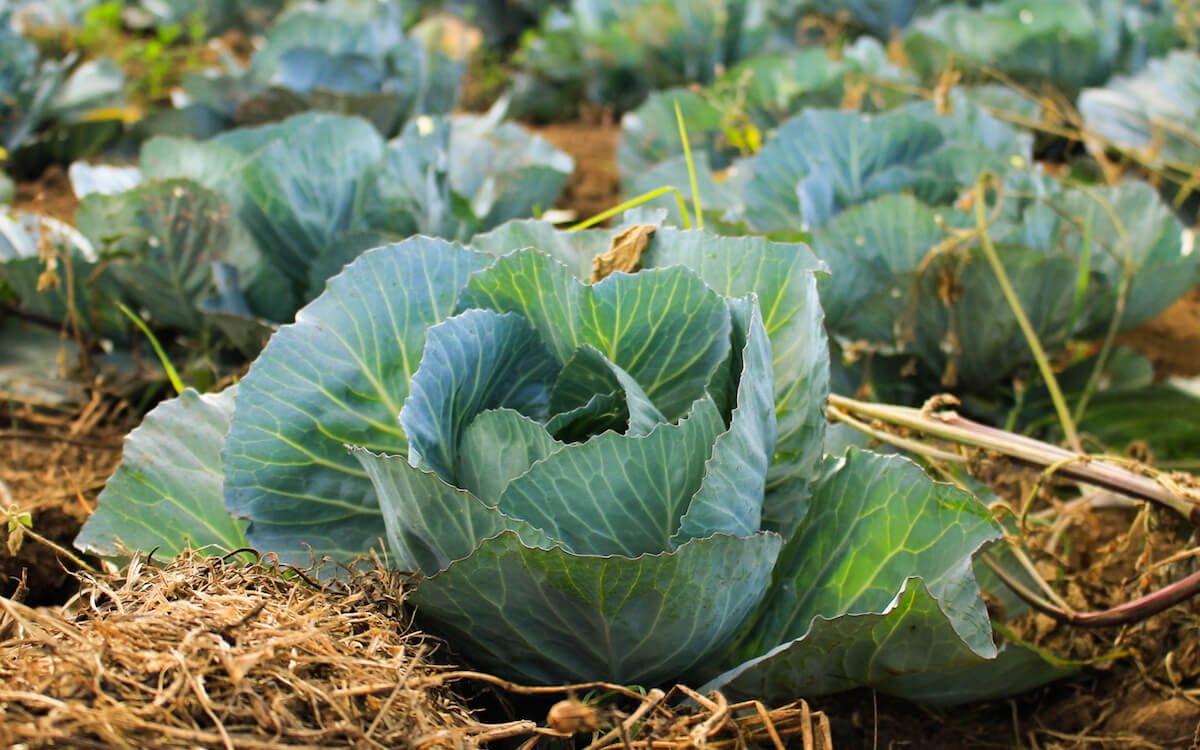
Advantages of Frozen Food
One of the main advantages of frozen foods is undoubtedly the time savings one has.
Since fruits and vegetables are ready to take out of the freezer and use, there is no need to worry about cutting, peeling and preparing.
Rather, you can take out to thaw what you are going to use and not have to store large quantities of produce refrigerated. To find out what you prefer between frozen vs. fresh foods, let’s look at the advantages of frozen foods.
Degree of maturation
One of the properties of freezing is the delay of bacterial reproduction in the products, so that decomposition can be extended from 1 or 2 days to 1 or 2 years as long as the cold line is kept constant.
This process of delay due to the low temperature also slows down the maturation process of the products, so that the brix degree or maturation can be kept almost constant for a long time.
This is useful as long as the freezing process is carried out at the optimum ripening point.
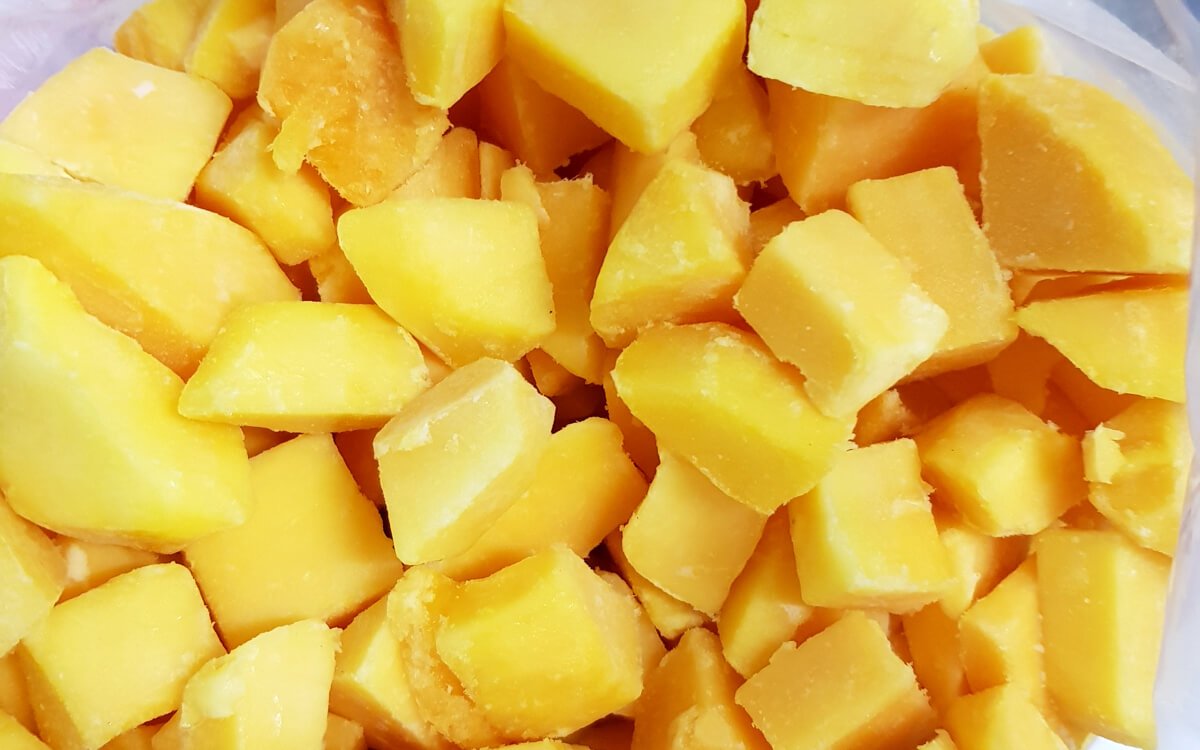
Less waste
If bacterial reproduction and the degree of ripening can be slowed down, food waste can be greatly reduced.
Having stored product without having to consume it in a short period of time, allows us to distribute consumption over a wider range so that it will not ripen in our refrigerator.
The idea of frozen products is to be able to offer an alternative solution to fresh products, so waste is one of the essentials.
If you can maintain a good cold line and get food with a guaranteed innocuousness, it is the key to the success of frozen food.
Disadvantages of Frozen Food
The great known problem with frozen foods is that they have a loss of properties in the freezing process, so when thawing there is a big difference with a fresh product.
During a freezing process, a product is subjected to a forced cold air that generates a decrease in temperature of the environment and therefore of the product until it reaches a freezing point.
This cold air begins to hit the product microscopically, breaking the external structure of the product, thus breaking the fiber.
Because of this, once defrosted, the fruit and vegetable loses the texture, flavor and aroma of when it was fresh and generates rejection among consumers.
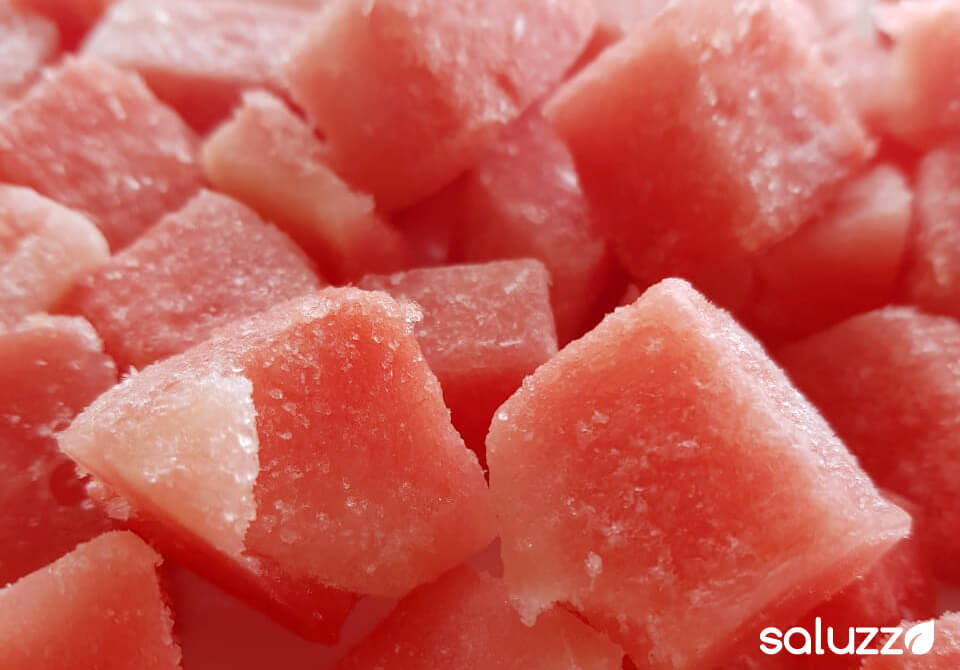
The clearest problems are a loss of flavor, making it a bit tasteless and icy, a slightly chocolaty texture and loss of aroma.
Due to these problems with frozen products, different ways have been developed to reduce these impacts and the rejection of some frozen products.
In Costa Rica, a freezing system called Prime Freezing System has been developed to maintain the properties of fresh products such as aroma, flavor and texture, so that products that are difficult to handle, such as avocados, can become simple products.
Eliminating waste and making the most of resources to promote sustainable agriculture in different parts of the world.
The frozen fruit market in Costa Rica
Costa Rica is an ideal market for the frozen fruit and fresh fruit market.
In recent years, global demand for frozen foods has increased due to the benefits they can bring in terms of storage, distribution and stability of product quality.
This growing demand has been transmitted to the economy in Costa Rica as local producers are encouraged and incentivized to harvest more food.
The advantage of this is that they can be monitored in their maturation and can be frozen to get the most out of the resources.
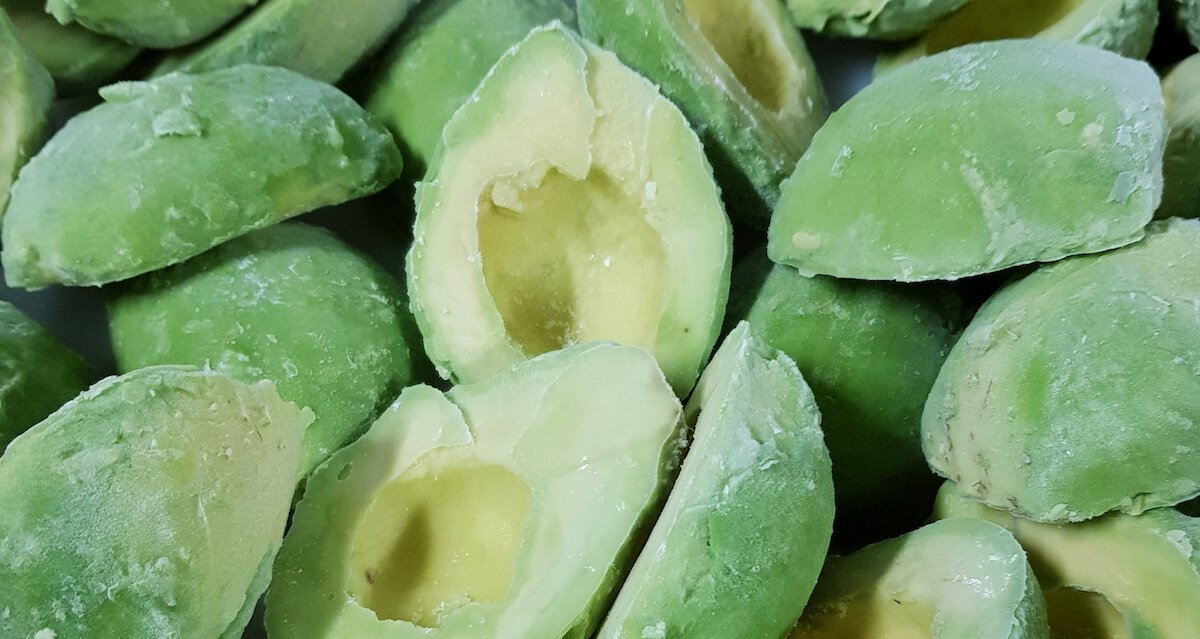
Being in a privileged geographic location and microclimates in different parts of the country, the production of many fruits can be adequately provided.
Exotic fruits and vegetables of various types are readily available. In addition to an exceptional quality in terms of flavor and firmness of the fruits.
It is projected that this market will continue to grow and the country must be prepared to meet this growing demand.

